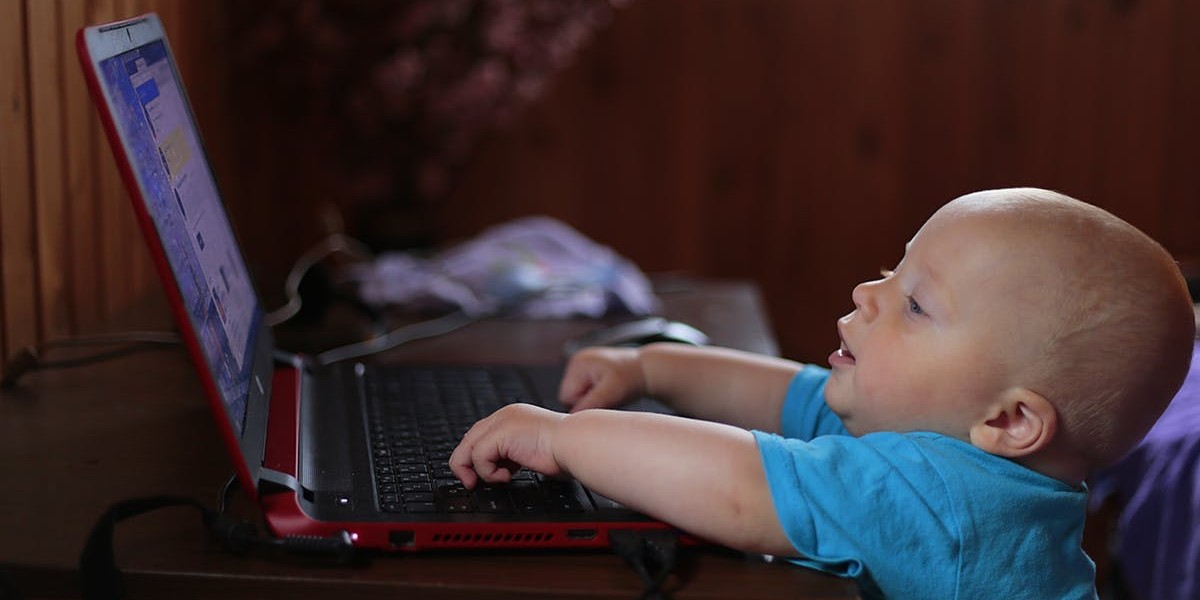4 Quick & Easy Tips (Hacks) to Teaching a Young Child
Magic of Word “SAY”, Easy But Effective
- Magic of Word “SAY”: In whatever language you choose, once you have your toddler or child understand a short word such as “SAY” followed by whatever you want your child to repeat. Once they understand that you want them to imitate or repeat after you, it is incredibly easy for you to teach them. They may not know what the word means (but they will over time) but they will be able to reproduce the sounds correctly. This allows you to teach that word in context, thus allowing for rapid verbal expansion. An advanced version of this technique is that over time, once your child is used to you expecting them to copy you, simply using a certain different tone will clue the child to learn new words. This reduces the needs to always use the magic word “say” this or that. The amazing part about this method is that it further allows you to then correct and improve their grammar and sentence structure at a very young age!
YouTube Demo: 3 of 4 Tips or Hacks Demonstrated in Real Life
(Chillaxing on a Saturday afternoon at home, so this is Dr Dad in his PJs, unshaven, and bed-head—>Ummm, yeah real life parenting!) PLEASE SUBSCRIBE TO MY YOUTUBE CHANNEL! I will be providing short useful videos only about once a week. Thanks! Dr Dad
- Catch & Release Hugs: You want to teach your child something new, but they are distracted by the toys and the world around them. For a young child, it seems almost everything is more interesting than what you think they should learn. For this technique to work, my “catch & release hugs” are the same types of hugs that you give your child when they fell and got hurt (in other words, a loving hug). It is neither a punitive hug nor intended to cause fear and anxiety in your child. The key to making this work is to have a short teaching point with a minimal catch time and an instant release the moment they have. For instance, when we were teaching our child about “gills” on a fish, we held him for about 5-10 seconds and asked him to repeat the word gills. Once he repeated that word, we let go and then talked about the gills on his pet fish as well as how fish and humans breathe differently and showed him a video on Youtube about this to further lock in this concept. Now, you might be thinking “gills” sounds like an easy word, so what’s the fuss? Well, we taught a two year old to say the word metamorphosis the same way when explaining the life cycle of a butterfly.

- Squat to Teach, Stand to Preach: Imagine a giant person the height of a basketball hoop hovering over you trying to tell you to do this or that. That is exactly how a child feels when you don’t take the time to squat or get down to their eye level and speak with them. It is so much more effective and indirectly projects love and respect for your child. Trust me, they feel the difference! Always get down to their eye level, be within one foot of your child or less and talk to them like a close friend. Within a short time, you should notice an improvement in rapport and receptiveness to your encouragement or teaching.

Whisper to Build Rapport: What do adults do when they are in their social group or circle and talk about others, they whisper or speak in hushed tones! Psychologically, this bonds you tighter with your friends and peers, as it establishes a special conversation or topic that others outside of your friends are not privy to hear. For example, I made this a game with my toddler. I would whisper something like, “I’m going to give you a tiny piece of chocolate but don’t tell mommy.” Of course, he runs down the hallway immediately and tells his mom about his chocolate. Because I whisper when there is something interesting, important or fun, he is quick to come over to me when he knows I am going to whisper something to him. Once you have this routine in place, your child will immediately know that you have something fun or important to tell them and will be eager to listen!








